The Department of Revenue, Ministry of Finance has prepared a draft ‘Indian Stamp Bill, 2023’ to repeal the Indian Stamp Act, 1899 for the stamp duty regime in the country.
What are Stamp Duties?
|
|---|
News Source: Indian Express
| Must Read | |
| NCERT Notes For UPSC | UPSC Daily Current Affairs |
| UPSC Blogs | UPSC Daily Editorials |
The Prime Minister fed cows of the Punganur breed of Andhra Pradesh on the occasion of Pongal/ Makar Sankranti.
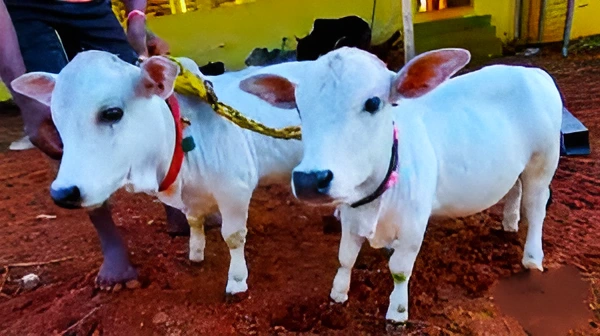
Punganur Dwarf Cows
News Source: Indian Express
| Must Read | |
| NCERT Notes For UPSC | UPSC Daily Current Affairs |
| UPSC Blogs | UPSC Daily Editorials |
The Supreme Court has directed the authorities to be “conscious that no incitement to violence and hate speech are permissible”.
News Source: The Hindu
| Must Read | |
| NCERT Notes For UPSC | UPSC Daily Current Affairs |
| UPSC Blogs | UPSC Daily Editorials |
The Union Minister launched the project of depositing artificial reefs in the seabed in Vizhinjam, Thiruvananthapuram to boost the fish population.
Pradhan Mantri Matsya Sampada Yojana
The Central Marine Fisheries Research Institute
|
|---|
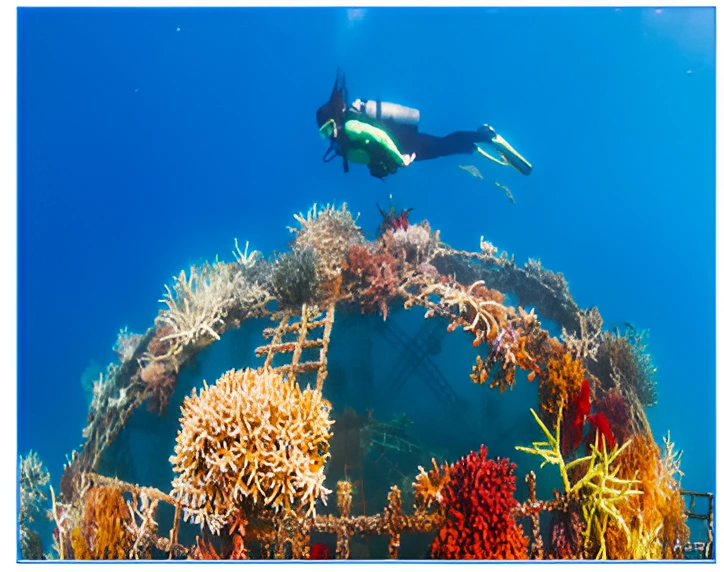 Outcome:
Outcome:
Natural Reef
|
|---|
Additional Information: Artificial Reef (AR)
News source: News on AIR
| Must Read | |
| NCERT Notes For UPSC | UPSC Daily Current Affairs |
| UPSC Blogs | UPSC Daily Editorials |
Scientists are finding that ‘Gut Microbiota may be linked to heart health, some cancers, and even the color of urine.
About Human Microbiome Project (HMP)
|
|---|
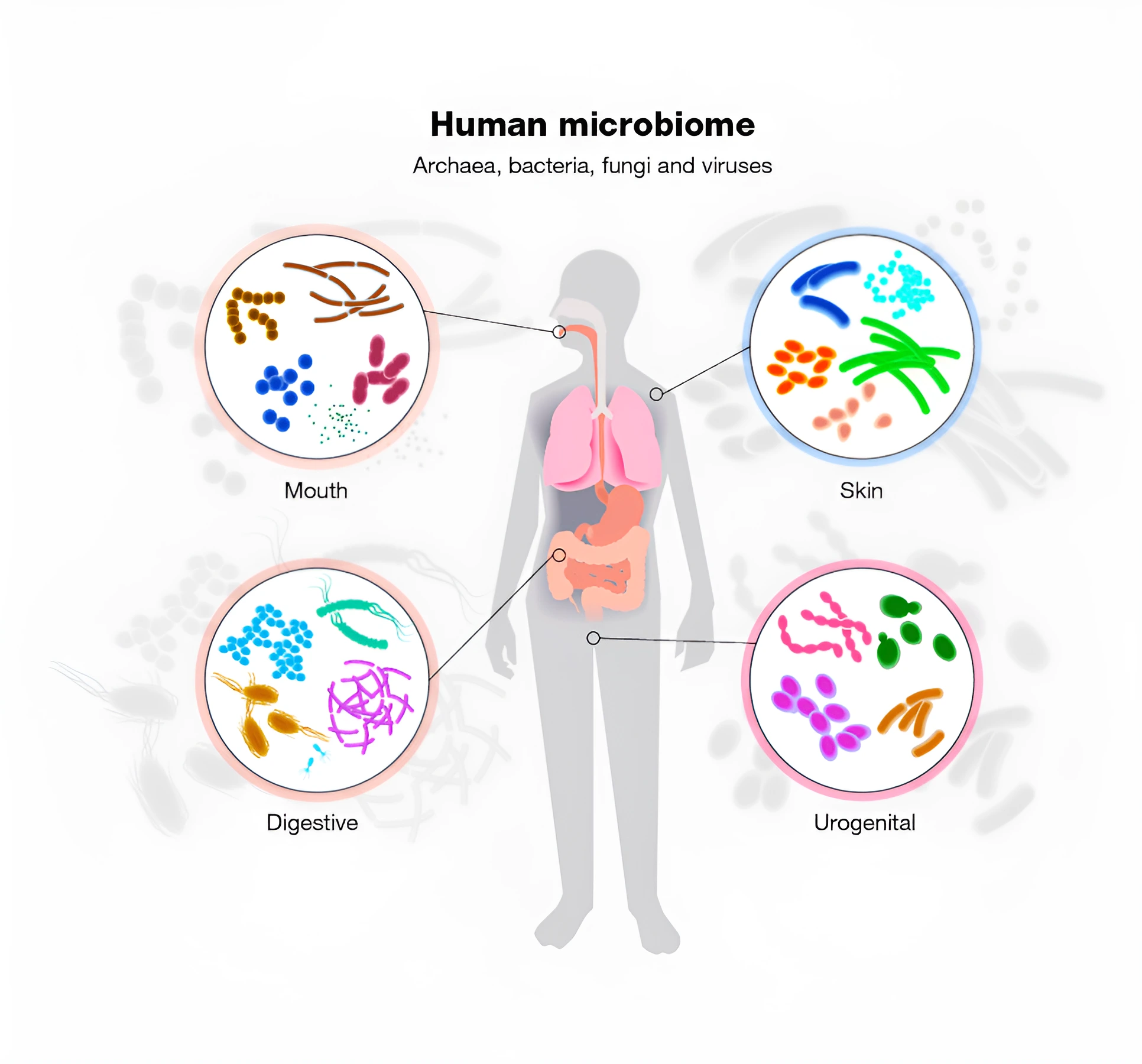
News Source: The Hindu
| Must Read | |
| NCERT Notes For UPSC | UPSC Daily Current Affairs |
| UPSC Blogs | UPSC Daily Editorials |
Scientists at the University of Oxford U.K. have launched first-in-human Nipah Virus Vaccine trials for the Nipah virus disease.
Viral Vector-based vaccines
|
|---|
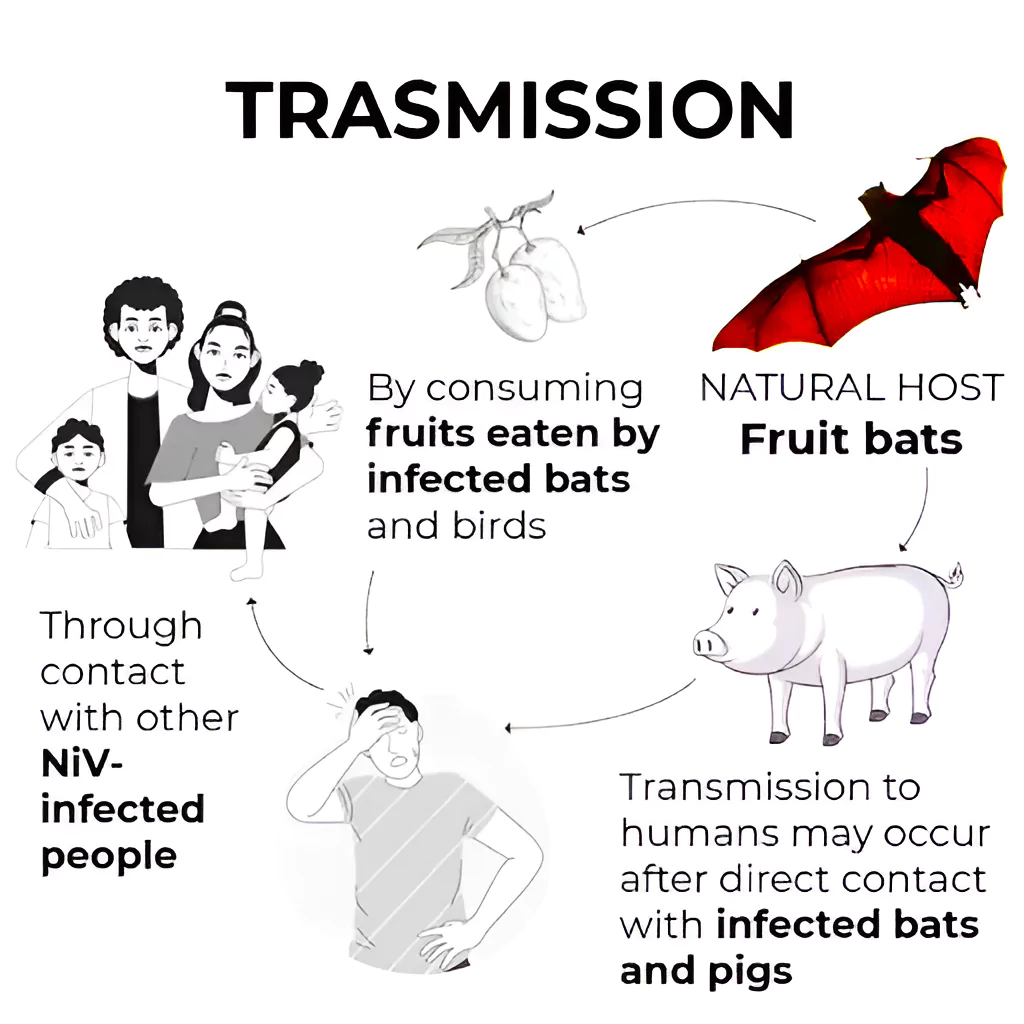
Transmission of Nipah Virus
Priority Disease for WHO Research and Development Blueprint:
|
|---|
Also Refer:
News Source: The Hindu
| Must Read | |
| NCERT Notes For UPSC | UPSC Daily Current Affairs |
| UPSC Blogs | UPSC Daily Editorials |
The Indian government has introduced the Electricity Amendment Rules 2024 under Section 176 of the Electricity Act 2003.
Open Access Charges
|
|---|
Also Refer: National Green Hydrogen Mission
News Source: Economic Times
| Must Read | |
| NCERT Notes For UPSC | UPSC Daily Current Affairs |
| UPSC Blogs | UPSC Daily Editorials |
Recently, the Ministry of Electronics and Information Technology (MeitY) has launched “Centre of Excellence in Intelligent Internet of Things Sensors” and “India Innovation Centre for Graphene ” in Kerala.
About Internet of Things (IoT)
How does Internet of Things work?An Internet of Things (IoT) system has three components: Smart Devices
Internet of Things (IoT) Application
Internet of Things Sensors
A Graphical User Interface
|
|---|
News Source: PIB
| Must Read | |
| NCERT Notes For UPSC | UPSC Daily Current Affairs |
| UPSC Blogs | UPSC Daily Editorials |
Recently, Iran launched a missile attack inside Pakistan’s Balochistan province, targeting the bases of the terrorist group Jaish al-Adl.
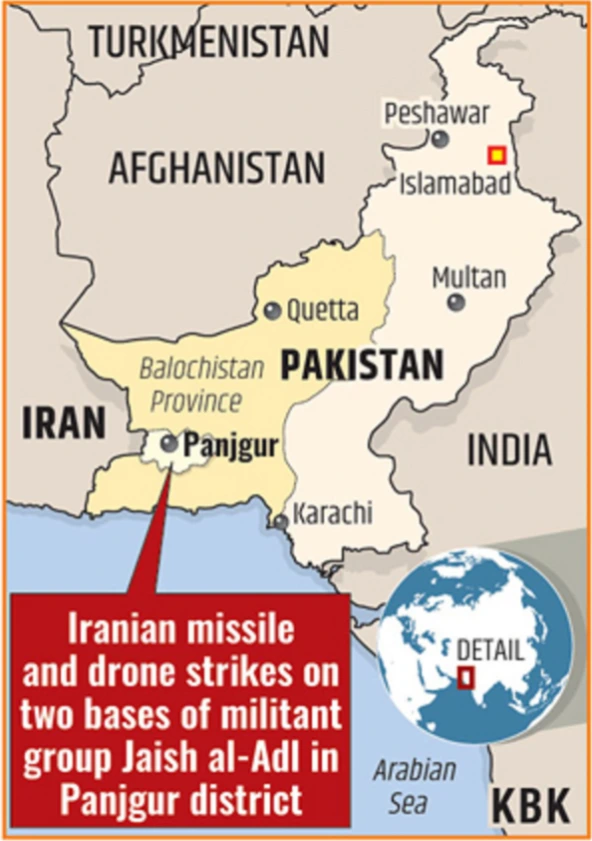
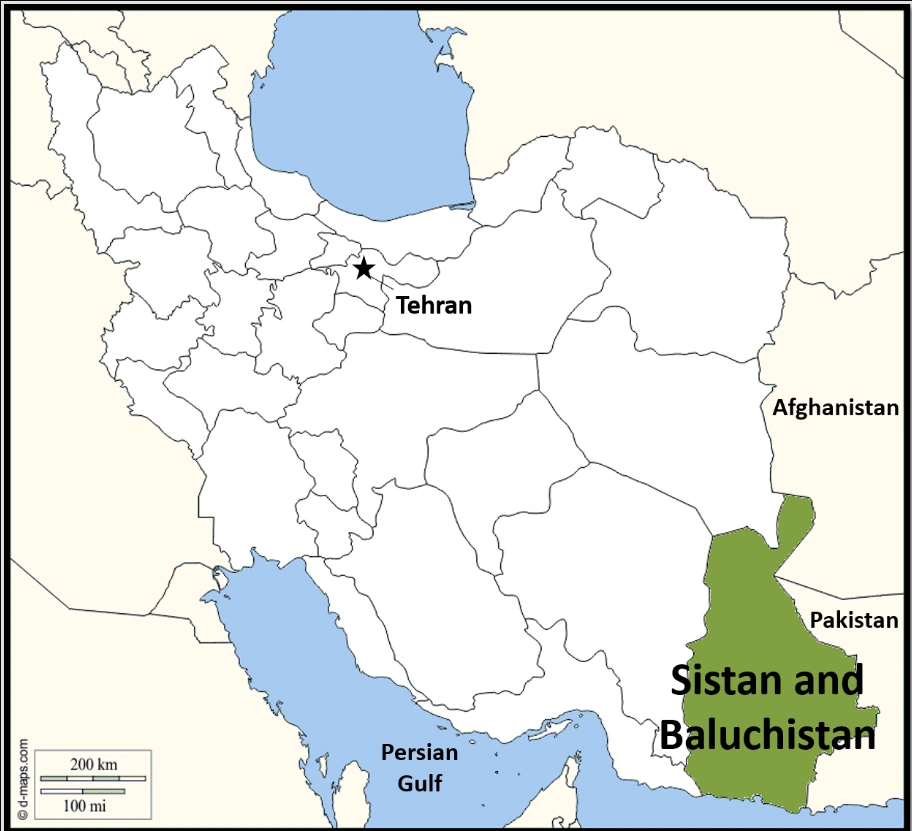
Brief History of Baloch Resistance in Iran
|
|---|
Continue To Read: Iran-Pakistan Crisis In Balochistan
News Source: Indian Express
| Must Read | |
| NCERT Notes For UPSC | UPSC Daily Current Affairs |
| UPSC Blogs | UPSC Daily Editorials |
The Annual Status of Education Report (ASER) titled ‘Beyond Basics’ based on a survey led by the Pratham Foundation has been released.
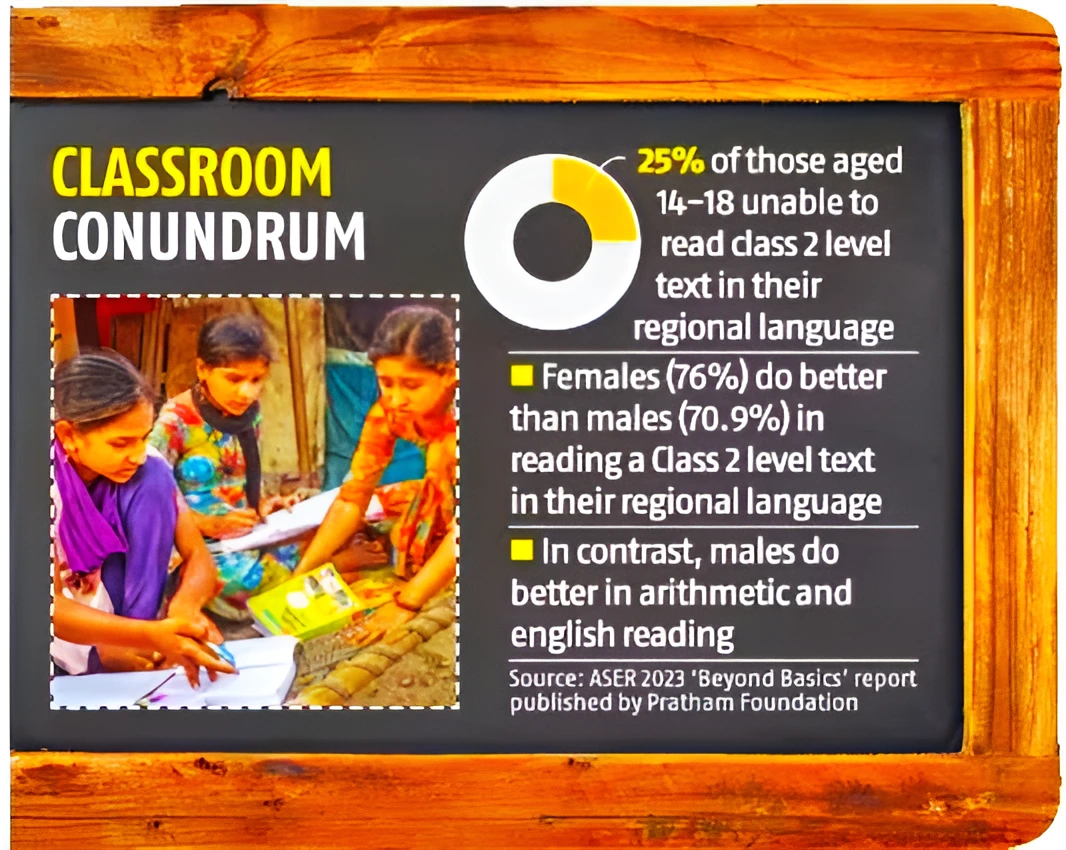
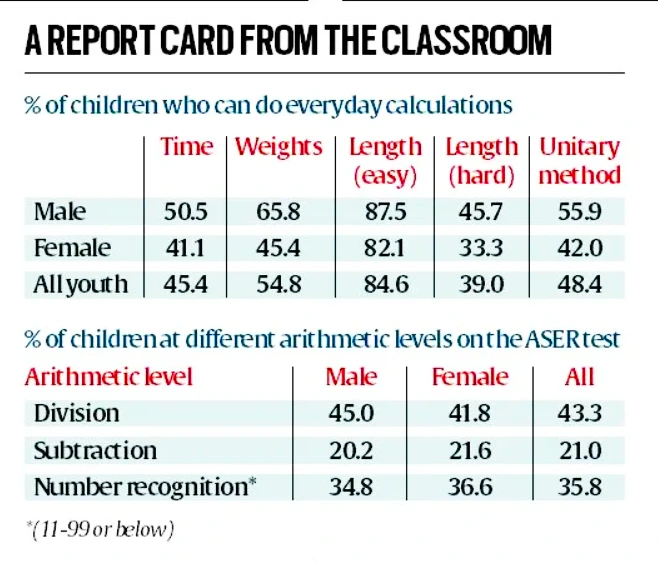 Assessment of Basic Skills and Literacy levels: About 25% of this age group cannot read a standard II-level text fluently in their regional language.
Assessment of Basic Skills and Literacy levels: About 25% of this age group cannot read a standard II-level text fluently in their regional language.
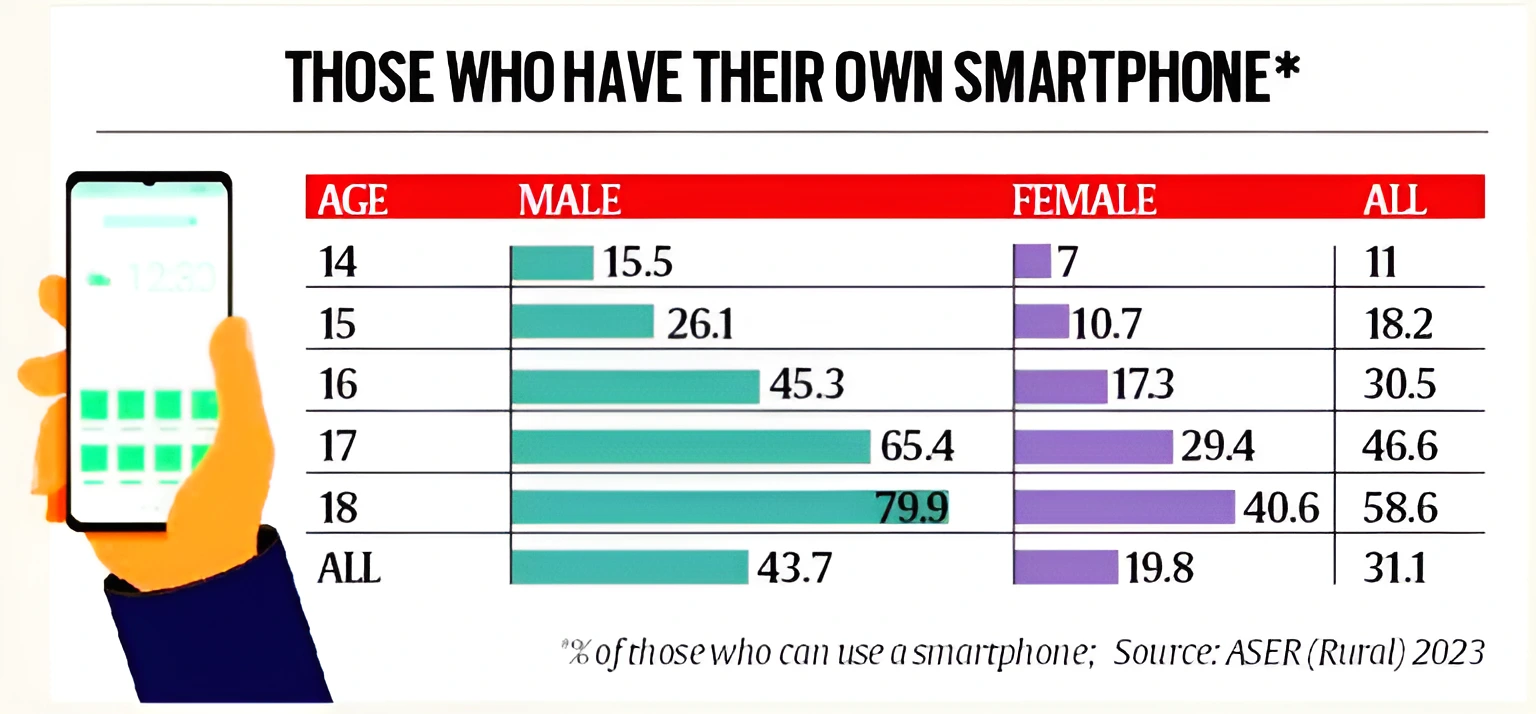 Digital Divide in Smartphone Proficiency: About 90% of surveyed households had smartphones. Of the surveyed children, almost 95% boys and 90% girls could use a smartphone.
Digital Divide in Smartphone Proficiency: About 90% of surveyed households had smartphones. Of the surveyed children, almost 95% boys and 90% girls could use a smartphone.
About ASER Reports
|
|---|
Thus, prudent reforms in technical and vocational education and training systems are needed to provide support to youths in building foundational literacy and numeracy skills which are essential for academic improvement as well as for meeting everyday needs.
| Mains Question: How have digital initiatives in India contributed to the functioning of the education system in the country? Elaborate your answer. (250 words, 15 Marks) |
|---|
| Must Read | |
| NCERT Notes For UPSC | UPSC Daily Current Affairs |
| UPSC Blogs | UPSC Daily Editorials |
This article is based on the news “Study finds high GHG emissions could turn continental shelves in Antarctic Marine Protected Areas severely acidic by 2100” which was published in the DownToEarth. A new study published in the Journal Nature Communications has raised concerns about the rising acidity levels of the continental shelves in Antarctic Marine Protected Areas (MPA).
| Relevancy for Prelims: Southern Ocean, IUCN, IPCC Seventh Assessment Cycle, Marine Protected Areas in India and Antarctica, Oceanic Biodiversity, and Emissions Gap Report.
Relevancy for Mains: Ocean Acidification: Causes, Impacts Measures, and Way Forward. |
|---|
Marine Protected Areas in Antarctica
Marine Protected Areas in India
|
The pH Scale
|
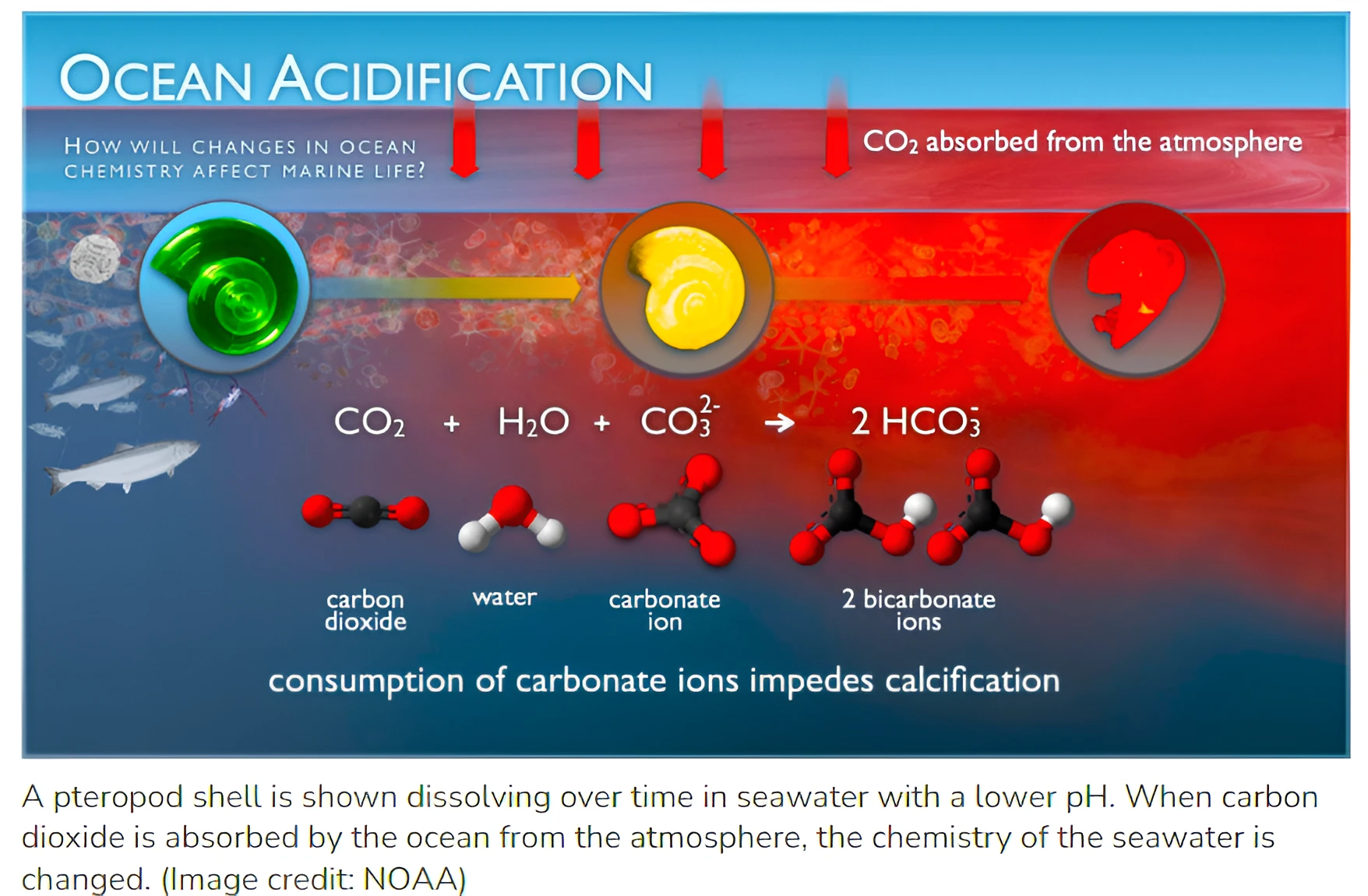
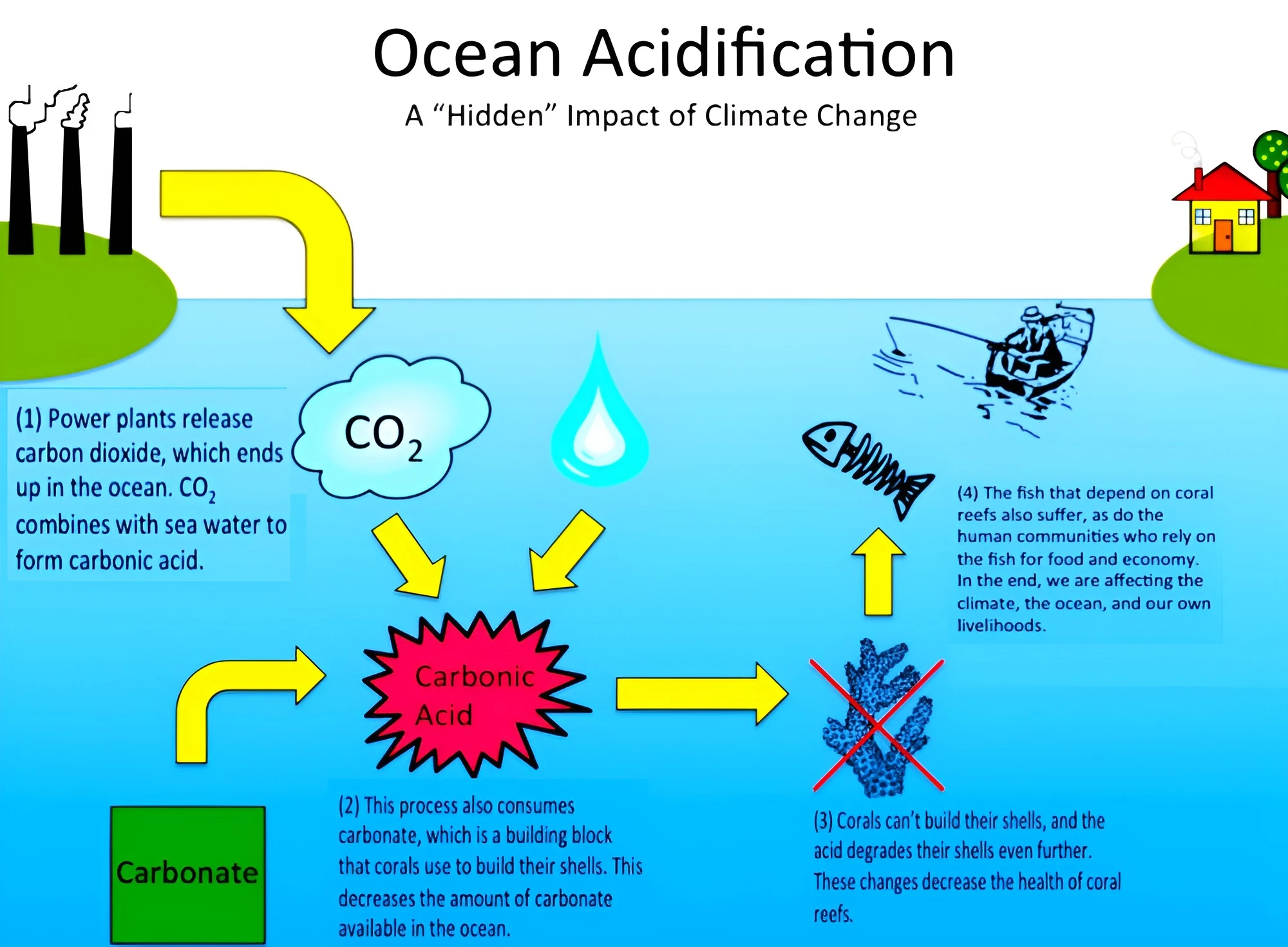 Increasing Carbon dioxide Concentration in the Atmosphere: Human activities such as the burning of oil, coal, and gas, as well as deforestation, are the primary causes of the increased carbon dioxide concentrations. CO2 contaminates the water by lowering the water’s pH and contributing to acidification.
Increasing Carbon dioxide Concentration in the Atmosphere: Human activities such as the burning of oil, coal, and gas, as well as deforestation, are the primary causes of the increased carbon dioxide concentrations. CO2 contaminates the water by lowering the water’s pH and contributing to acidification. | Mains Question: Assess the impact of global warming on the coral life system with examples. (150 Words, 10 Marks) |
|---|
| Must Read | |
| NCERT Notes For UPSC | UPSC Daily Current Affairs |
| UPSC Blogs | UPSC Daily Editorials |
SC Verdict on Newsclick Shows Adherence to Due Pro...
Stay Invested: On Chabahar and India-Iran Relation...
Credit Rating Agencies, Impact on India’s De...
Catapulting Indian Biopharma Industry
Globalisation Under Threat, US Import Tariffs Have...
Global Report on Hypertension, Global Insights and...
<div class="new-fform">
</div>
